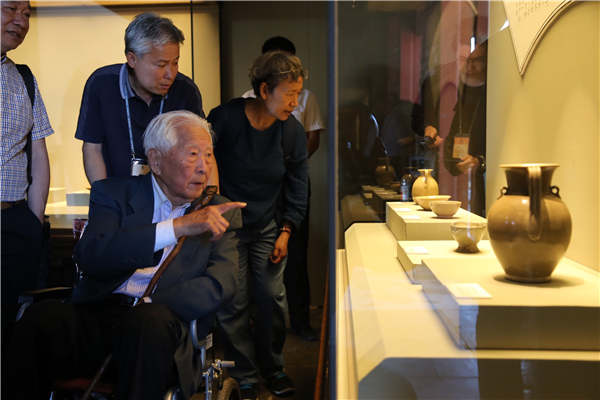Gifts fit for kings
An ongoing exhibition, Mise Porcelain: Impressive Discovery and Mysterious Tribute, at Beijing's Palace Museum, sheds light on items given in tribute to emperors. Wang Kaihao reports.
For a long time, not many people understood what mise porcelain meant, although the term was encountered frequently in ancient documents dating back over a millennium.
Mise (literally, mystical-colored) porcelain was given in tribute exclusively to emperors from the late Tang (618-907) to early Northern Song (960-1127) dynasties, and it is now on show at a former imperial court.
An ongoing exhibition, Mise Porcelain: Impressive Discovery and Mysterious Tribute, at Beijing's Palace Museum, China's royal palace from 1420 to 1911, which is also known as the Forbidden City, showcases these treasures and focuses on the relevant archaeological discoveries.
Thirteen mise porcelain articles were unearthed in 1987 from an underground altar of the Famen Buddhist Temple in Baoji, Shaanxi province.
The world mise was carved on a stele, which was the inventory of the altar items.
While the origin of this kind of porcelain remains unclear, the discovery of ancient porcelain kilns in Shanglinhu, Zhejiang province in 2016 proved that it was a mise porcelain production hub.

















